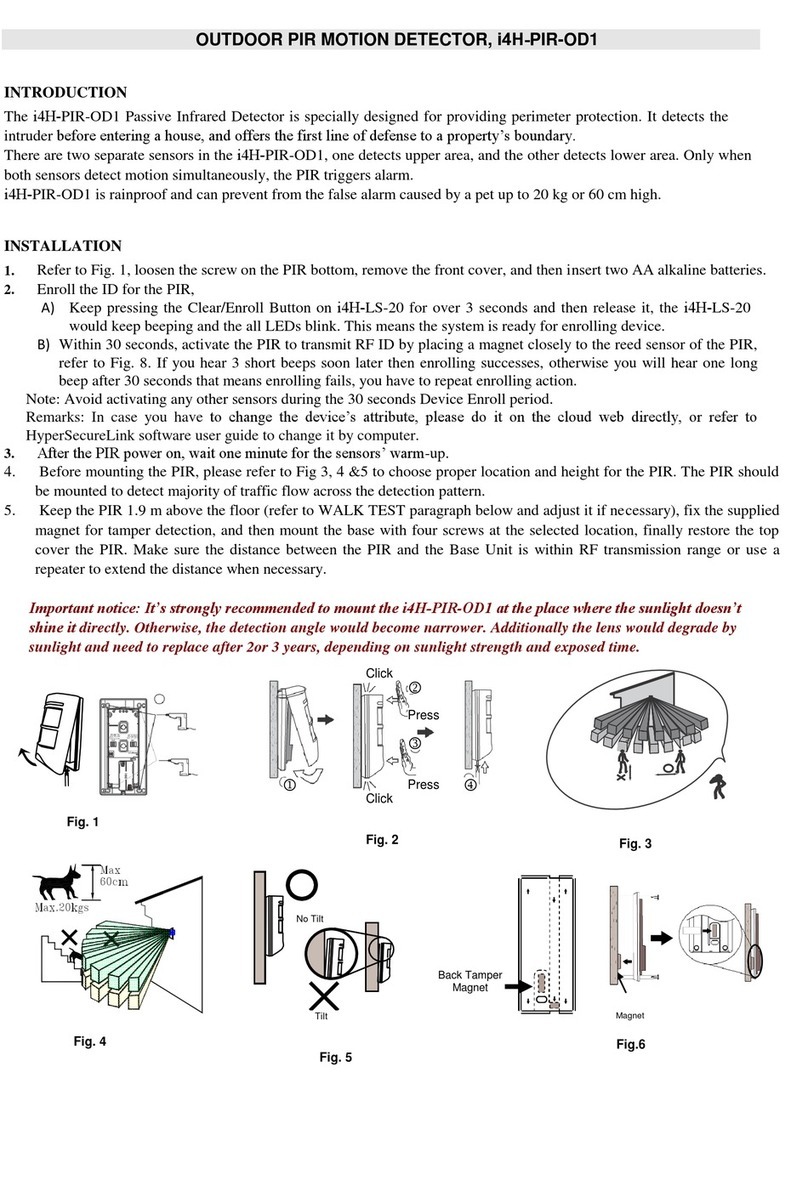
Although many products of combustion can cause discomfort and adverse health effects, it
is CO gas which presents the greatest threat to life.
Carbon monoxide is produced by the incomplete combustion of fuels such as natural gas,
propane, heating oil, kerosene, coal, charcoal, gasoline, or wood. The incomplete
combustion of fuel can occur in any device which depends on burning for energy or heat
such as furnaces, boilers, room heaters, hot water heaters, stoves, grills, and in any
gasoline powered vehicle or engine (e.g. generator set, lawnmower). Tobacco smoke also
adds CO to the air you breathe.
When properly installed and maintained, your natural gas furnace and hot water heater do
not pollute your air space with CO. Natural gas is known as a "clean burning" fuel because
under correct operating conditions, the combustion products are water vapor and carbon
dioxide (CO2), which is not toxic. The products of combustion are exhausted from
furnaces and water heaters to the outside by means of a fuel duct or chimney.
Correct operation of any burning equipment requires two key conditions:
1 An adequate supply of air for complete combustion.
2 Proper venting of the products of combustion from the furnace through the chimney,
vent or duct to the outside.
Typical carbon monoxide gas problems are summarized here:
1 Equipment problems, due to defects, poor maintenance, damaged and cracked heat
exchangers
2 Collapsed or blocked chimneys or flues, dislodged, disconnected or damaged vents
3 Downdraft in chimneys or flues. This can be caused by very long or circuitous flue
runs, improper location of flue exhaust or wind conditions
4 Improper installation or operation of equipment, chimney or vents
5 Air tightness of house envelop/inadequate combustion of air
6 Inadequate exhaust of space heaters or appliances
7 Exhaust ventilation/fireplace competing for air supply
Potential sources of carbon monoxide in your home or office include clogged chimney,
wood stove, wood or gas fireplace, automobile and garage, gas water heater, gas appliance,
gas or kerosene heater, gas or oil furnace, and cigarette smoke.
POSSIBLE SYMPTOMS OF CARBON MONOXIDE POISONING
Carbon monoxide is colorless, odorless, tasteless, and very toxic. When inhaled, it produces
an effect known as chemical asphyxiation. Injury is due to the combining of CO with the
available hemoglobin in the blood, lowering the oxygen-carrying capacity of the blood. In
the presence of CO gas, the body is quickly affected by oxygen starvation.
The following symptoms are related to CO poisoning and should be discussed with all
members of the household so that you know what to look for:
1 Extreme exposure: unconsciousness, convulsions, cardio respiratory failure, death.
2 Medium exposure: severe throbbing headache, drowsiness, confusion, vomiting, fast
heart rate.
3Mild exposure: slight headache, nausea, fatigue (similar to "flu-like" symptoms).
Young children and household pets may be the first affected. Exposure during sleep is
particularly dangerous, because the victim usually does not awaken.
























